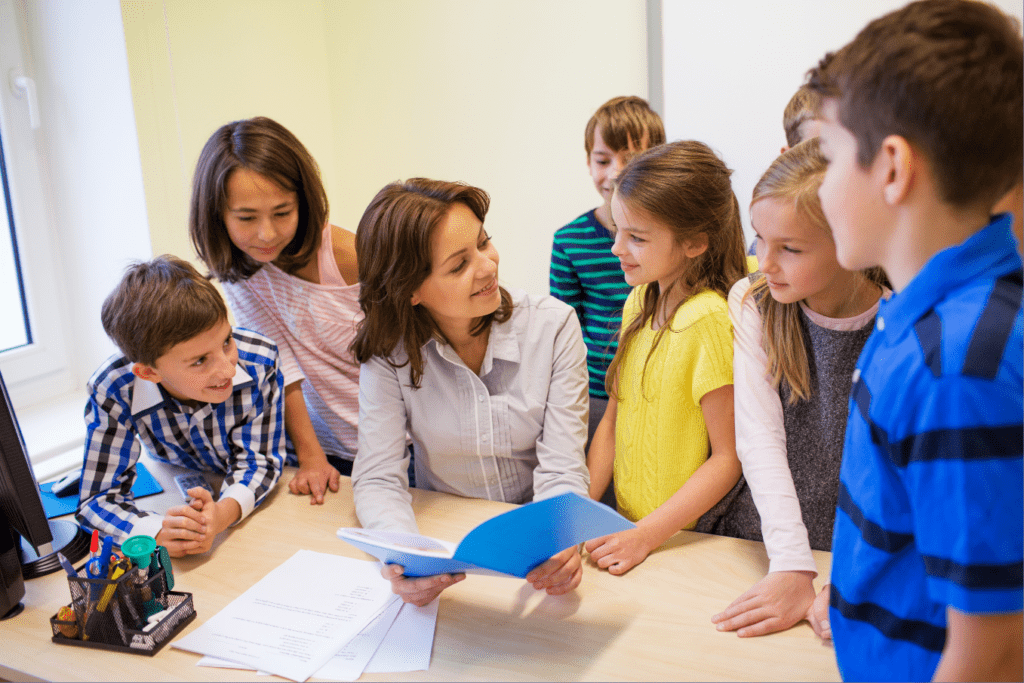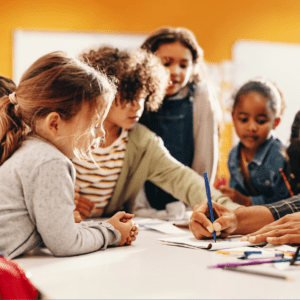One of the most effective ways to enhance student engagement and understanding is by connecting learning to real-world contexts. When students see the relevance of their classroom lessons to their everyday lives, they are more likely to be motivated, engaged, and retain information. This article provides strategies for teachers to make these critical connections.
The Importance of Real-World Connections
Making connections between classroom learning and the real world has several benefits:
- Relevance: Students find it easier to grasp and remember concepts that they can relate to their lives or the world around them.
- Engagement: Real-world connections make learning more interesting and engaging, which can increase motivation and effort.
- Critical Thinking and Problem-Solving: By applying academic concepts to real-world situations, students can develop and exercise critical thinking and problem-solving skills.
- Preparation for the Future: Real-world learning helps students understand how their education can be used in future careers and life situations.

Strategies to Connect Learning to Real-World Contexts
1. Use Real-World Examples
Incorporate examples from everyday life or current events into your lessons. For instance, use news stories to illustrate historical events or use examples from students’ daily lives to explain scientific concepts.
2. Project-Based Learning
Project-based learning involves students working on a project over an extended period, which requires them to solve a real-world problem or answer a complex question. They gain deep content knowledge as well as critical thinking, problem-solving, and collaboration skills.
3. Field Trips
Visits to museums, businesses, nature reserves, or even local communities can provide students with firsthand experiences and practical applications of classroom learning.
4. Guest Speakers
Inviting professionals from various fields to your classroom can help students see the practical applications of what they are learning. For instance, a local business owner could discuss how they use math in their job.
5. Real-World Assignments
Assign homework that requires students to apply classroom learning to real-world situations. This can involve conducting interviews, observing phenomena, or carrying out experiments at home.
6. Service-Learning Projects
Service-learning involves students applying what they’ve learned to solve real-world problems in their community. This not only enhances learning but also promotes civic responsibility.
Conclusion
Connecting learning to real-world contexts can make education more meaningful, relevant, and engaging for students. By using the strategies outlined above, teachers can help students see the value of what they’re learning and prepare them for future success.





